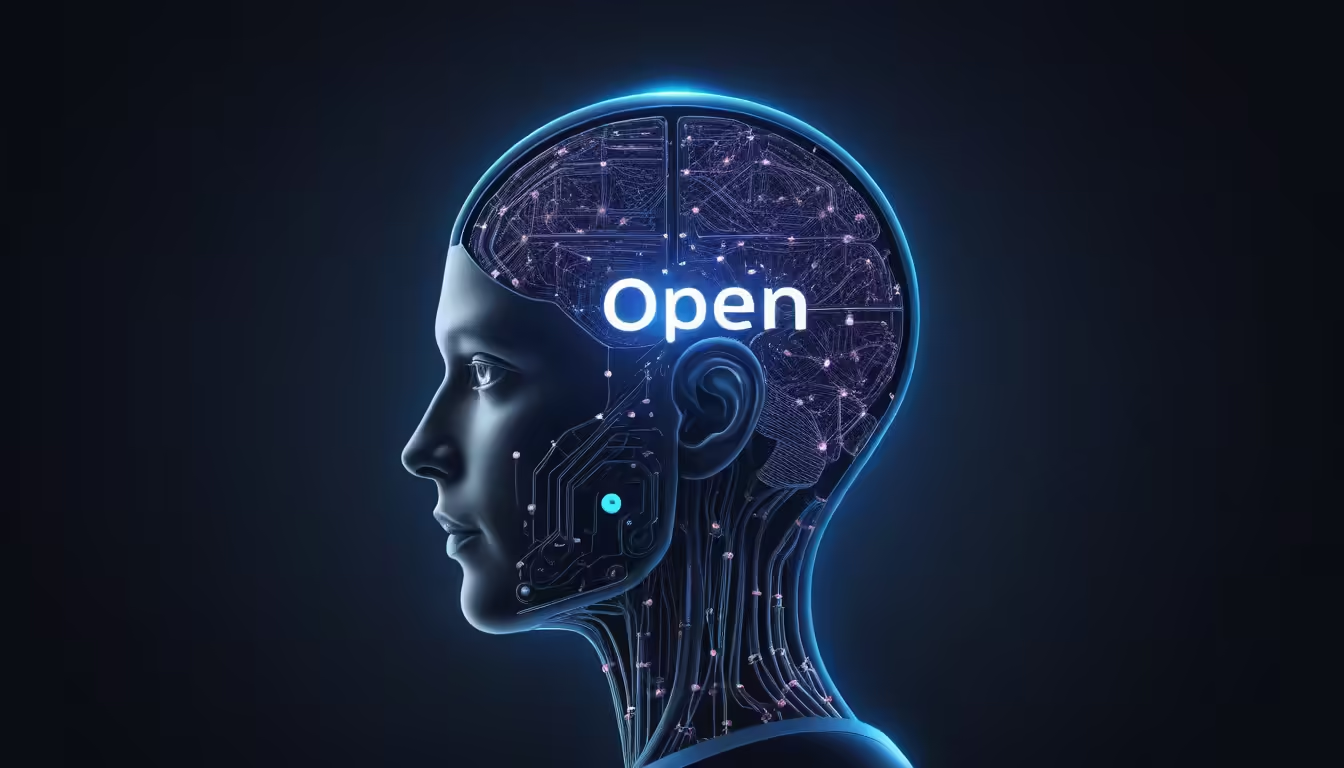
The recent upheaval at OpenAI has sent ripples through the tech community, raising eyebrows and concerns alike. The video in question meticulously dissects the series of events that have led to the exit of several high-profile executives, including Chief Technology Officer Mira Murati and Chief Research Officer Bob McGrew. As we delve into this narrative, it’s crucial to understand the context of these departures and what they signify for the future of artificial intelligence development.

OpenAI’s meteoric rise can largely be attributed to the success of ChatGPT, which has not only put the company on the map but also brought with it a slew of challenges. The transition from a non-profit organization to a for-profit entity has sparked debates about shifting priorities. Critics argue that this pivot has led to a greater emphasis on revenue generation at the expense of ethical AI development. This transformation raises pertinent questions about whether OpenAI can maintain its commitment to responsible AI practices while navigating the pressures of a competitive market.

Leadership dynamics at OpenAI have come under scrutiny as well. Sam Altman’s management style has been criticized for fostering a cutthroat environment that may discourage collaboration and retention of talent. Reports suggest that Altman, who allegedly holds a significant equity stake in the company, may not be entirely forthcoming about his financial interests, further complicating perceptions of his leadership. This scrutiny is compounded by allegations that he pits leaders against one another, which could undermine team cohesion and morale.

The relentless push for rapid product releases has taken a toll on employees, leading to reports of burnout and extreme work hours. With some staff reportedly logging 20-hour workdays, it’s no wonder that dissatisfaction with compensation and workplace conditions has prompted key figures to seek opportunities elsewhere. The departures of Murati, McGrew, and others highlight a troubling trend that could jeopardize OpenAI’s technological edge in an increasingly competitive landscape.
Looking ahead, OpenAI finds itself at a critical juncture. The loss of key personnel amid ongoing internal conflicts poses significant risks to its operational stability and strategic direction. While the company boasts valuable assets like its brand reputation and proprietary models, these advantages may not suffice if internal issues remain unaddressed. The video paints a stark picture: OpenAI must swiftly navigate its internal turmoil to regain trust and ensure its long-term viability.
As we reflect on these developments, it becomes clear that OpenAI’s journey is fraught with challenges that extend beyond mere business strategy. The ethical implications of AI innovation must be balanced with employee well-being and organizational integrity. The path forward is uncertain; whether OpenAI can reconcile these competing demands remains to be seen.

